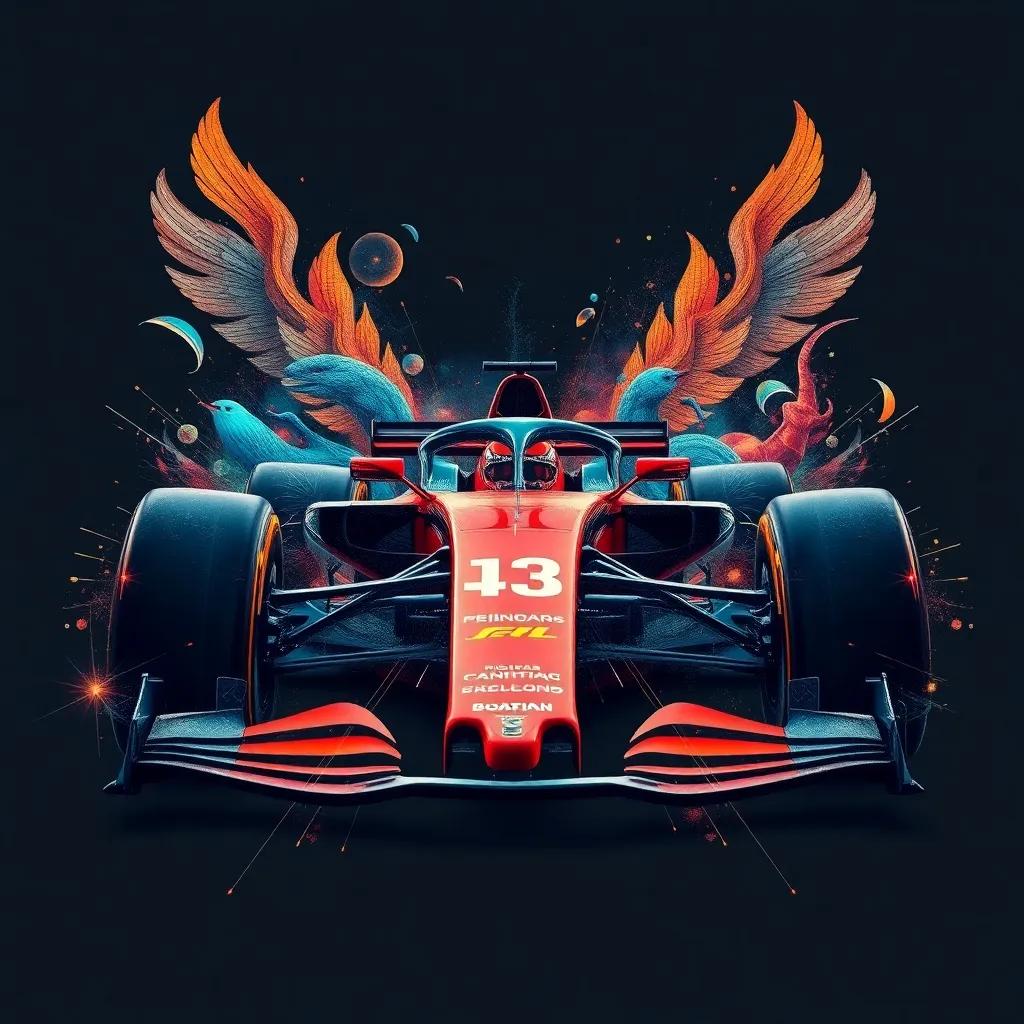Assessing the Impact of Aerodynamic Flexibility Regulations in Formula 1
Recently, the debate surrounding aerodynamic flexibility in Formula 1 has intensified, with teams scrutinizing how new regulations influence car performance. Mercedes’ George Russell, with a hint of sarcasm, remarked, “It’s evident that the modifications have significantly slowed down McLaren’s pace,” highlighting ongoing frustrations within the paddock.
Prior to this weekend’s Spanish Grand Prix, the issue of wing flexing had become a dominant topic, overshadowing other technical concerns. Observers at the media center on Friday morning could see broadcasters animatedly pointing at various front wing elements, attempting to explain aerodynamic effects to viewers. The core controversy revolves around the extent to which wings can bend or deform under load to generate additional downforce, thus gaining a competitive edge.
Evolution of Wing Flex Regulations and Enforcement
Over recent months, the FIA has taken steps to curb excessive wing flexing, deploying high-definition cameras to monitor wings in real-time and tightening tolerances on permissible deformation. These measures aim to ensure a level playing field, but critics argue they are not yet sufficient. Red Bull, in particular, has voiced concerns, claiming that McLaren’s apparent aerodynamic advantages stem from exploiting material properties that allow wings to flex more than regulations permit.
The deadline for implementing more rigorous testing at the Spanish GP was initially viewed as too late by some teams, who preferred earlier enforcement. However, the decision to delay was justified by logistical and financial considerations-teams typically do not want to discard current designs at the start of the season when development is still ongoing.
Initial Results and Team Reactions
Contrary to expectations, McLaren dominated both practice sessions, leading to widespread disappointment and speculation about the effectiveness of the new regulations. Many in the paddock expressed skepticism, with some suggesting that the changes had little immediate impact. Responses ranged from “nothing significant to report” to calls for further data analysis.
Fernando Alonso commented, “The car feels largely unchanged, and its competitiveness remains consistent with recent races. I don’t see any major differences.” Similarly, Esteban Ocon noted, “The performance levels are quite similar; the regulations haven’t caused a noticeable shift for us.”
Max Verstappen, when asked about the regulation’s effects, acknowledged, “From my perspective, the results weren’t entirely unexpected. The standings haven’t shifted dramatically, which suggests the changes haven’t yet had a profound impact.”
Future Directions and Ongoing Challenges
Red Bull’s Verstappen has been vocal about the performance gap between his team and McLaren, attributing it to the inherent handling characteristics of the RB21 rather than wing flexing. The team’s management has dismissed claims that McLaren’s gains are due to exploiting flexible materials, asserting instead that their advantage stems from superior aerodynamics and setup choices.
While wing flexing can provide marginal gains-such as reducing drag on straights or improving cornering stability-the degree of deformation is typically minimal. The key question is how much of this flexing is within regulatory limits and how much teams are pushing those boundaries. Small differences in wing stiffness can translate into measurable performance benefits, especially on circuits favoring high downforce, like Barcelona.
Technical Challenges in Enforcement
One complication in assessing the regulation’s effectiveness is the lack of comprehensive data, as teams have not yet run their updated configurations on this specific circuit. Additionally, different tracks favor different setups, making it difficult to isolate the impact of wing stiffness regulations. Barcelona’s layout, for example, tends to favor Red Bull’s car characteristics, complicating direct comparisons.
Furthermore, many teams introduced new aerodynamic profiles for performance reasons, which are not necessarily compliant with the spirit of the regulations. This makes it challenging to determine whether observed performance differences are due to regulatory compliance or inherent design choices.
Expert Opinions and Future Outlook
Ferrari’s team principal, Frederic Vasseur, emphasized caution, stating, “It’s premature to draw definitive conclusions about the regulation’s impact. At the end of the day, we shouldn’t expect a massive delta in lap times between teams just yet.”
As the season progresses, more data will become available, allowing teams to refine their understanding of how wing flex regulations influence performance. The ongoing debate underscores the delicate balance between innovation and regulation enforcement in Formula 1, where even minor material properties can have significant competitive implications.
In summary, while the initial tests and observations suggest limited immediate effects, the true impact of the wing flex clampdown will become clearer as teams adapt and gather more comprehensive data across different circuits and conditions.

